Latest in Harman's Car Connectivity, Audio and Safety Tech Showcased at CES

Harman is an industry leader in audio technology. Its products are found in a wide array of applications from home theaters and professional recording studios to, not surprisingly, automobiles.
Some of the brands in this company’s wide-ranging portfolio are familiar to drivers, including JBL, Mark Levinson, Revel and Infinity to name but a handful. Beyond this, Harman has partnered with numerous OEMs from BMW and Fiat to Toyota, Audi and even Mercedes-Benz.
SEE ALSO: How Harman Engineers Sound
Giving us a glimpse at the future, Harman revealed numerous cutting-edge technologies at the Consumer Electronics Show in Las Vegas, Nevada. This ongoing event is rapidly becoming another auto show, as vehicles and car companies slowly take center stage. Not to be left out, Harman is making big news at this year’s CES.
Productivity on the Go
One of the headline items the company just announced is a new partnership with Microsoft. Aside from its Windows operating system and countless hardware products, this Redmond, Washington-based company is also world famous for its Office suite of productivity software, which includes things like Word, Excel and Powerpoint.
Accordingly, Harman will be the first tier-one supplier to integrate Office in the connected-car space. Enabling this are advanced cloud-based platforms as well as in-vehicle telematics.
The idea is to allow motorists to complete important tasks while driving, all without compromising safety, which sounds like a tall order. Still, people should be able to schedule meetings, hear and respond to e-mails, seamlessly join conference calls and even use Skype, all while behind the wheel.
Over-the-air software updates through Harman’s back end ensure all of these applications are up to date, which can be a real problem with in-vehicle apps from competitors.
The key to making all of this work without causing deadly crashes is intelligent personal assistant technology, a feature that will be powered by the Bing search engine. Microsoft already offers such a feature, called Cortana, though Harman has not referred to its digital assistant by this name.
Beyond productivity, Phil Eyler, president of Harman connected car, said, “We see so many applications with the partnership now and down the road,” hinting that perhaps more Microsoft services might make their way to the automotive space. Could Xbox games be in the pipeline? What about their nascent HoloLens system? WE WANT TO KNOW MORE!
Harman LIVS
Helping enable Office on the go is another Harman technology. The company’s LIVS system, which is shorthand for Life-Enhancing Intelligent Vehicle Solution, brings together a plethora of advanced features into one all-encompassing solution. It combines the things like a scalable computing platform, modular connectivity, state-of-the-art driver-assistance technology and intelligent navigation into one system.
SEE ALSO: Complete 2016 Consumer Electronics Show Coverage
LIVS is backed up by more than 2,000 Harman patents, which cover safety, design and navigation, things that enable the core functionality of this technology. It’s making its world debut in the Rinspeed Etos concept car that bowed at CES.
For drivers and passengers alike, LIVS is adaptable, intelligent and personal, able to anticipate customer needs and even communicate with them by voice. Traditional buttons and switches can be used to operate various functions, but hand gestures are also an option.
The scalability of this technology makes things easy for automakers, streamlining their development. So does LIVS’s high-speed networking capability. Camera-based driver-assistance features are also part of this suite, allowing the system to monitor what’s happening all around a vehicle.
Three-dimensional maps, vehicle-to-infrastructure communication and the ability to power high-definition displays (the Etos has two 21.5-inch 4K screens) are a few more feathers in LIVS’s cap.
Sanjay Dhawan, president of Harman connected services, noted that there are up to 125 computer modules in some of today’s vehicles and that figure isn’t going to get any smaller. “There’s little doubt that by 2025, all cars will be connected,” he said.
Likewise, today’s vehicles often have 100 million lines of code, a number that will continue to grow. Harman’s end-to-end solution can help ease this complexity and improve reliability.
Entry-Level Price, Range-Topping Performance
To expand its in-vehicle presence, Harman has developed a first-of-its-kind portable audio system. Called Voyager Drive, it “literally pops into and out of the vehicle to seamlessly follow consumers” said John Fitzgerald, senior vice-president of branded audio at Harman.
Aside from offering a best-in-class listening experience, Voyager Drive+ expands the capability of this system with a removable bass box that allows it to function as a portable audio system.
Overall, this solution is aimed at young drivers who want a premium listening experience but can only afford an entry-level vehicle. It also gives OEMs the ability to offer a low-complexity, high-quality and cost-effective branded audio system to customers. It’s ideal for low-priced vehicles and emerging markets.
SEE ALSO: Lincoln Partners with Revel for Luxury Audio
Aside from its portability, Voyager Drive also offers the convenience of Bluetooth for over-the-air updates and easy connectivity. It should also work seamlessly with both iOS and Android devices.
Fitzgerald said Voyager Drive is “bringing premium audio to an entirely new market.” It charges while docked in the vehicle and should provide around five hours of portable listening. Harman does not have any commitments from OEMs at this time, but they’re more than likely trying to sell it to automakers.
Keeping an Eye on You: Pupil-Tracking Technology
Drowsy driving is no better than trying to write a term paper while merging onto the highway during rush-hour traffic, in fact, it could be even more dangerous. To help eliminate this potential safety threat, Harman has developed a technology that tracks a motorist’s pupils to determine if they need to pull over and get some rest.
Using in-vehicle cameras, this technology monitors how dilated a driver’s eyes are, which is an indicator of mental workload. A proprietary algorhythm crunches the numbers and determines if a vehicle’s advanced driver-assistance systems need to be adjusted to help a sleepy motorist.
Several automakers have offered similar driver-monitoring systems for quite some time, but optical cameras are a relatively simple solution that should be just as effective as steering wheel- or seat-mounted sensors. They could also be significantly less expensive since they do not require physical contact.
Of course, these are just a few of the exciting new technologies Harman is showing off at CES this year. Check out our ongoing coverage of this event and it continues this week.
Check out our Tips and Advice Section.

Born and raised in metro Detroit, Craig was steeped in mechanics from childhood. He feels as much at home with a wrench or welding gun in his hand as he does behind the wheel or in front of a camera. Putting his Bachelor's Degree in Journalism to good use, he's always pumping out videos, reviews, and features for AutoGuide.com. When the workday is over, he can be found out driving his fully restored 1936 Ford V8 sedan. Craig has covered the automotive industry full time for more than 10 years and is a member of the Automotive Press Association (APA) and Midwest Automotive Media Association (MAMA).
More by Craig Cole



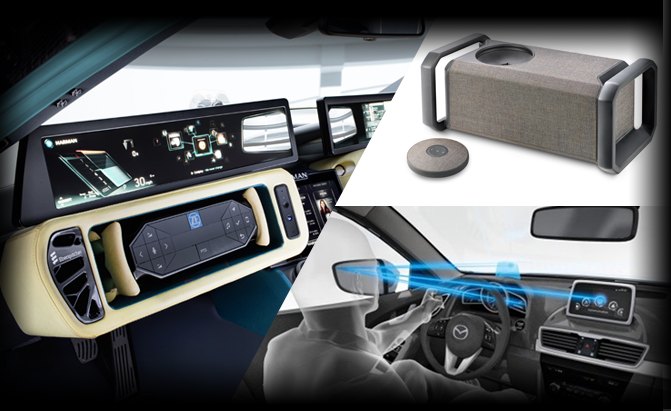




















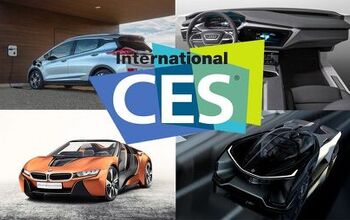


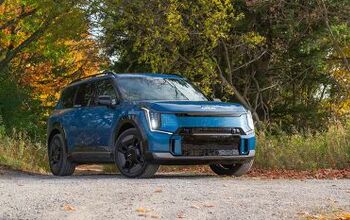

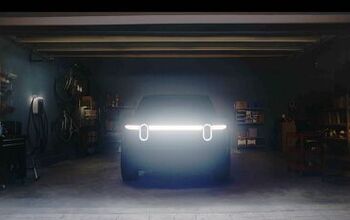
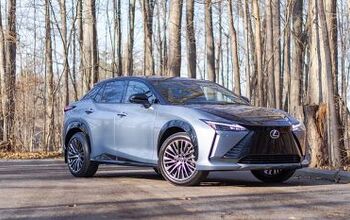






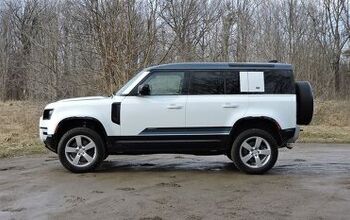
Comments
Join the conversation